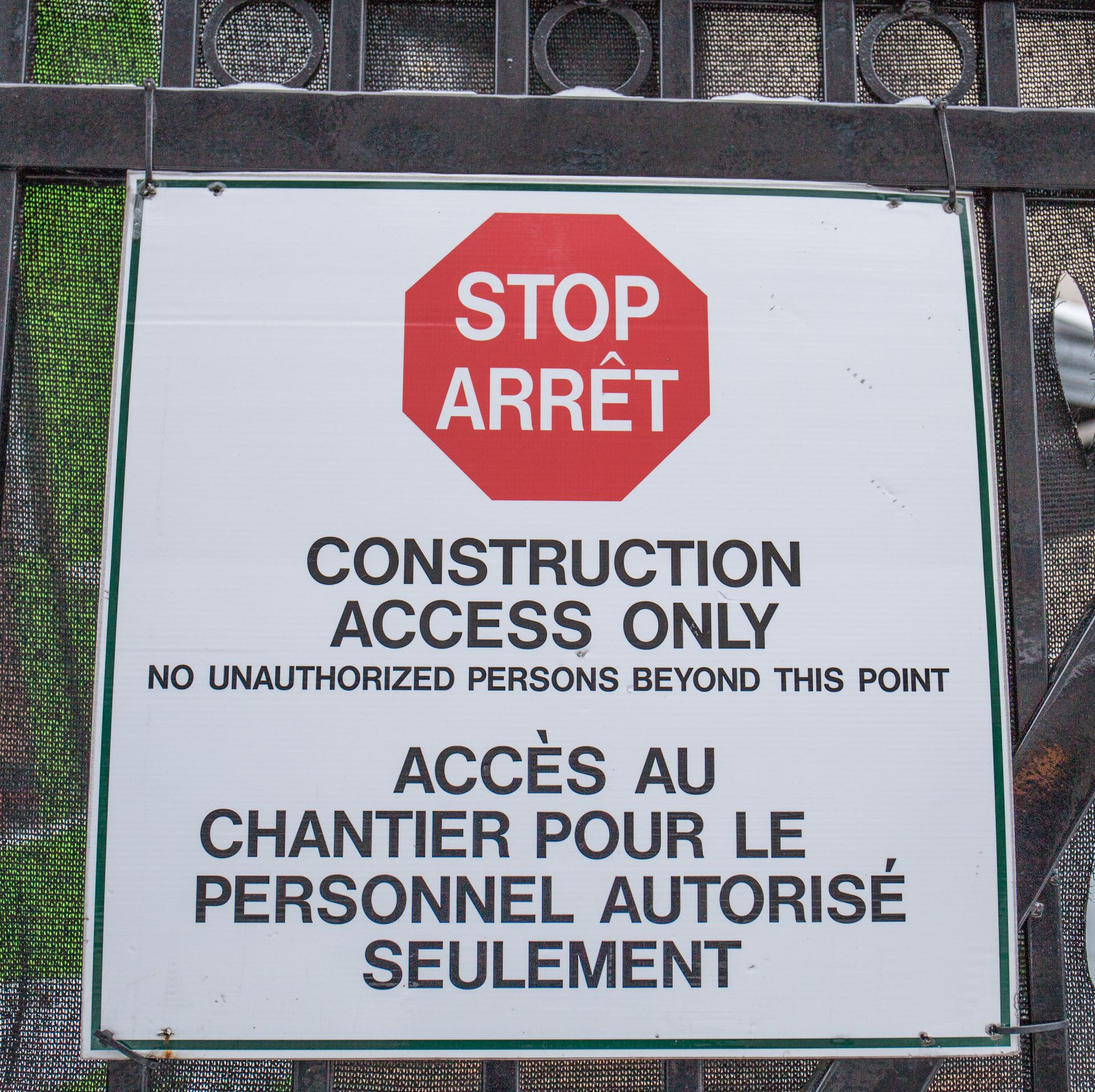Even industries like construction and hands-on trades tend to evolve faster than we realize.
New materials, equipment, regulations, and safety procedures mean construction crews and contractors regularly need to educate their staff on the latest best practices to keep work zones safe and efficient.
One way contractors educate their staff on these topics is through weekly or daily toolbox talks. A toolbox talk can be as simple as a fifteen-minute training meeting discussing any updates to their construction safety plan or observations from the previous day.
However, with the influx of Spanish speakers into trades over the past few years, it’s become increasingly important for contractors to learn ways to communicate effectively with staff where language barriers exist.
That’s why we’ve outlined a list of tips to help you communicate effectively during toolbox talks to ensure all of your staff is properly educated and following the proper procedures.
Provide Translations for Reading Materials
One easy way to bridge the language barrier at your work site is to print out any educational materials or discussions you’ll conduct during toolbox talks. Several translation apps and programs allow you to prepare and translate speeches so that Spanish-speaking crew members can absorb the same information even if they must read it.
In addition, we recommend printing out Spanish translations of all workplace guidelines and regulations, including OSHA standards, to provide the same access for Spanish-speaking staff.
Offer to Pay for Senior Staff to Learn Different Languages
Unfortunately, reading materials still create a barrier to two-way education and make it difficult for Spanish-speaking members to ask questions if they’re confused.
In today’s day and age, it’s wise to educate managers at your job site on common Spanish phrases and enroll them in a Spanish-speaking course. Of course, this isn’t necessary for every staff member, but it will be for those who communicate directly with Spanish-speaking staff.
Offer to Pay for Spanish Staff to learn English or ESL
On the other hand, you could offer to enroll your Spanish-speaking staff in an English language course to help them hone their language skills. These courses can also help Spanish-speaking staff in other areas of their day-to-day life where language barriers may be an issue.
Some companies who struggle to bridge the gap even go so far as to teach their staff ESL to communicate effectively. This isn’t a bad option, and the choice is really up to you, though your staff may benefit more from learning to become multilingual.
Use Visual Cues to Communicate Clearly
Sometimes learning the words of a different language are not enough, as slang, pronunciation, and jargon can create additional communication barriers. To effectively communicate across language barriers, consider using visual cues like pantomimes, posters, or images that help communicate messages effectively to your Spanish-speaking crew.
Use Technology to Bridge Language Gaps
Technology can serve as a short-term solution to language barriers, but you must invest in the right technology. For example, Spanish-translated training courses and OPSHA’s standalone e-tool are great ways to properly educate staff on regulatory requirements.
However, we wouldn’t recommend relying on a translation tool or app to communicate effectively without considering other options.
Pair New Workers with Experienced Crew Members
According to psychologists, most people tend to be experiential learners, which means they learn through activity or following examples. That’s why we recommend pairing up Spanish-speaking staff with experienced workers that can show them the ropes, even if they cannot communicate effectively.
This strategy will also ensure that new workers have proper oversight and can help prevent any accidents or hazards. Therefore, we highly recommend it when developing a construction risk management plan.
Hire Translators
Hiring a translator is a fine last-resort option, but it can create inefficiencies at your worksite. For example, limiting communication between multiple staff members and one translator can lead crews to rely on translators and interpreters, which makes replacing them difficult if they are terminated or quit.
However, we recommend keeping at least one multilingual staff member in case of an accident to communicate with Spanish-speaking members properly.
Don’t Limit Discussion Because of Langauge Barriers
Finally, don’t ignore the problem or limit your toolbox talks because of language barriers. Instead, seek solutions and explore different options to ensure that all your staff has adequate access to educational materials that promote their safety.
Finding ways to include Spanish-speaking crew members in toolbox talks should be a priority of any safety development plan and can significantly reduce your company’s liability on the worksite.

